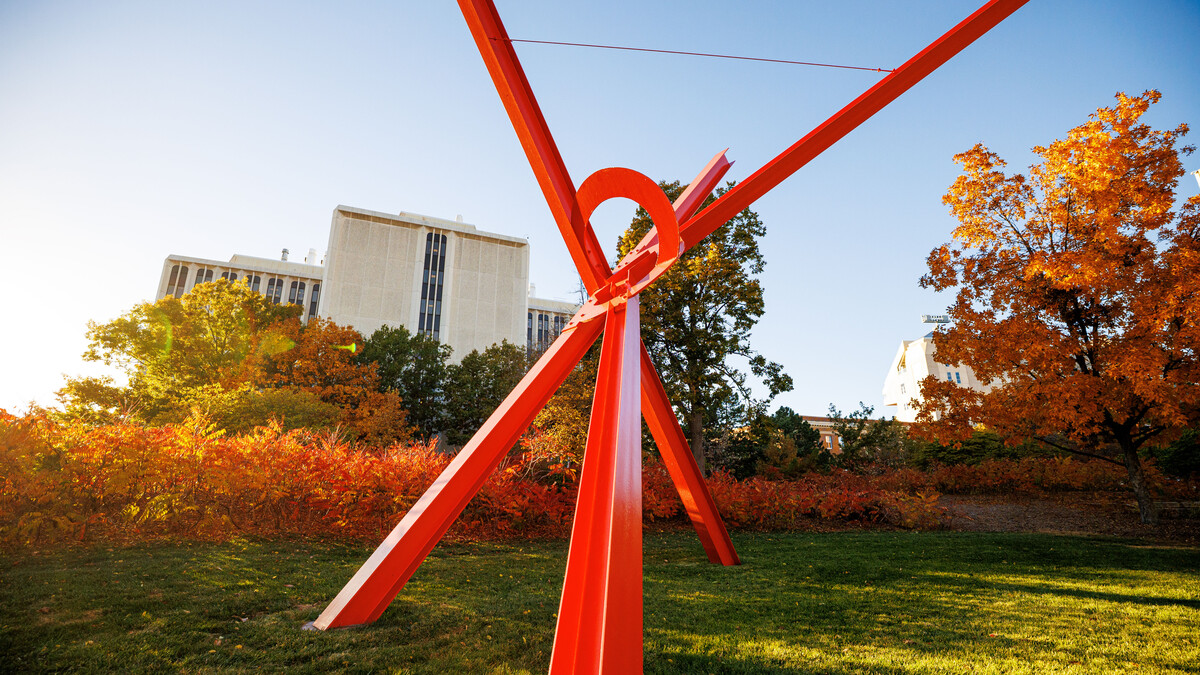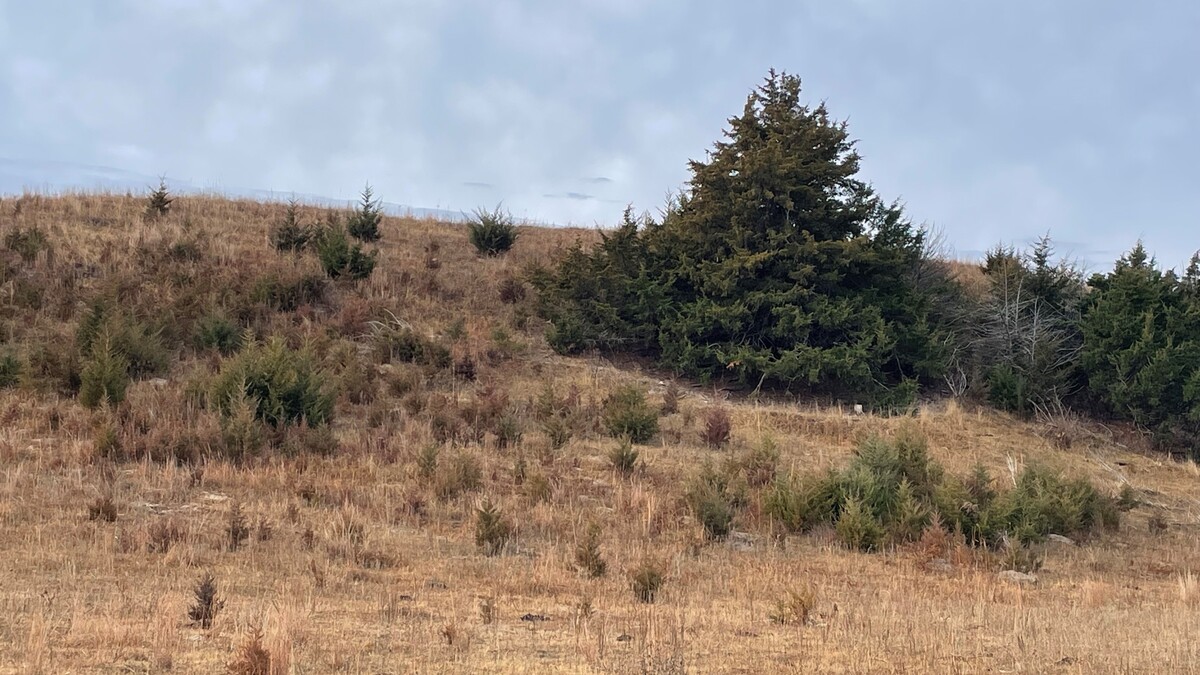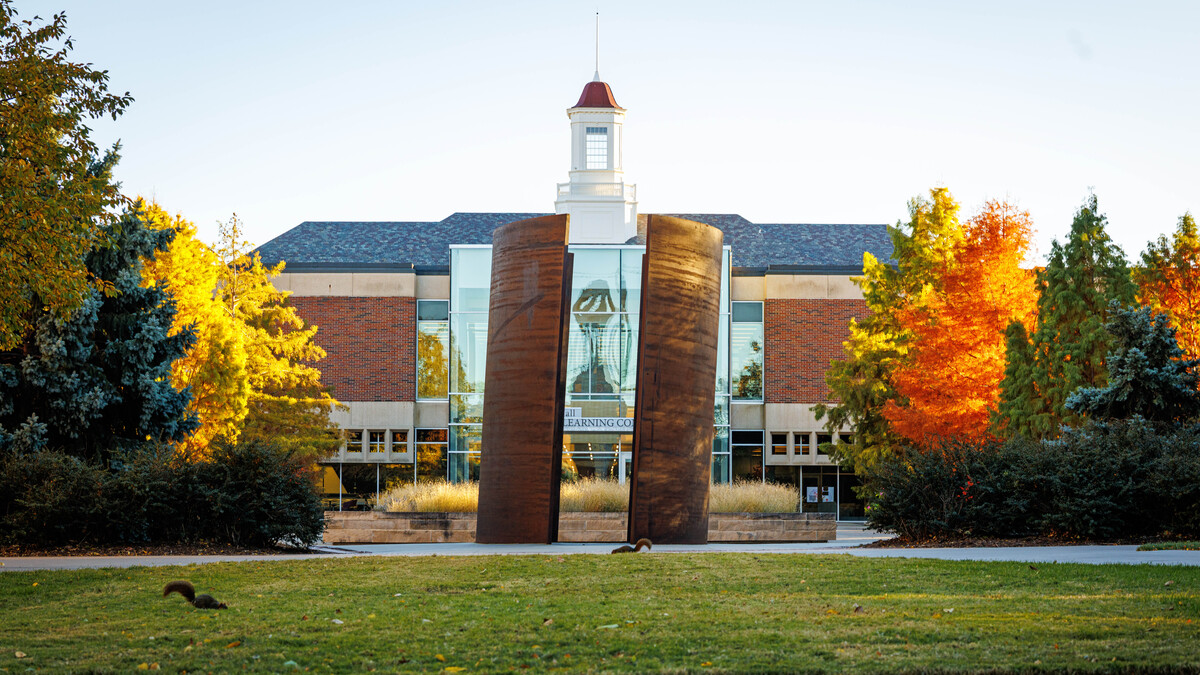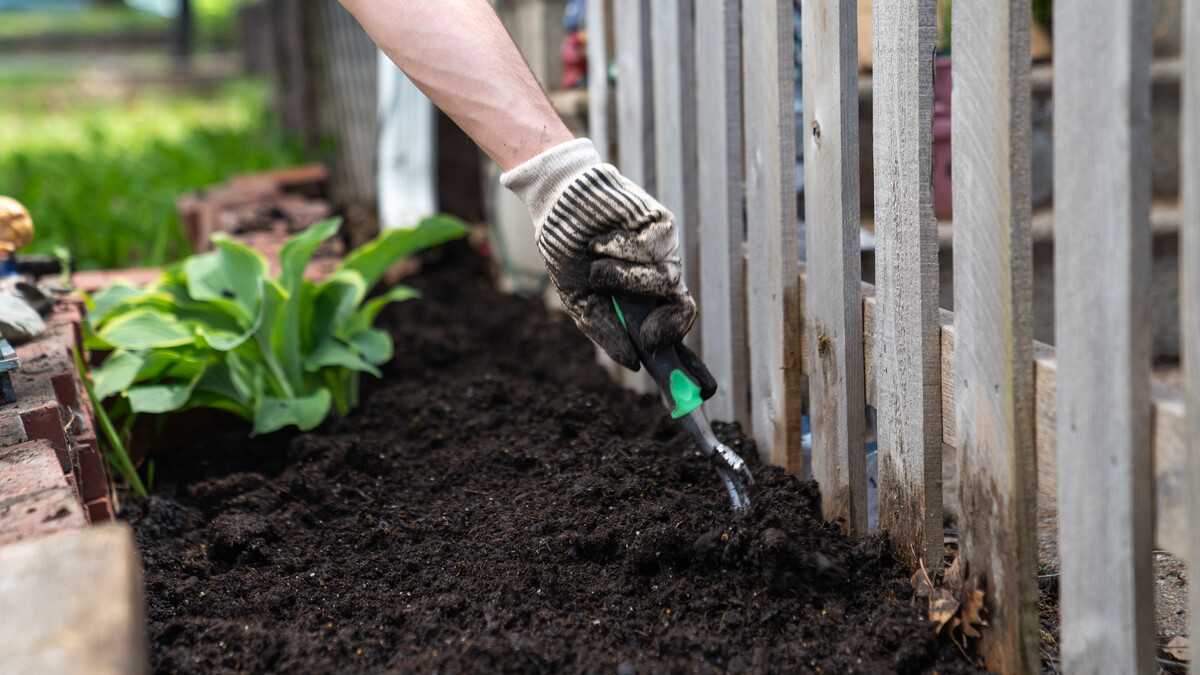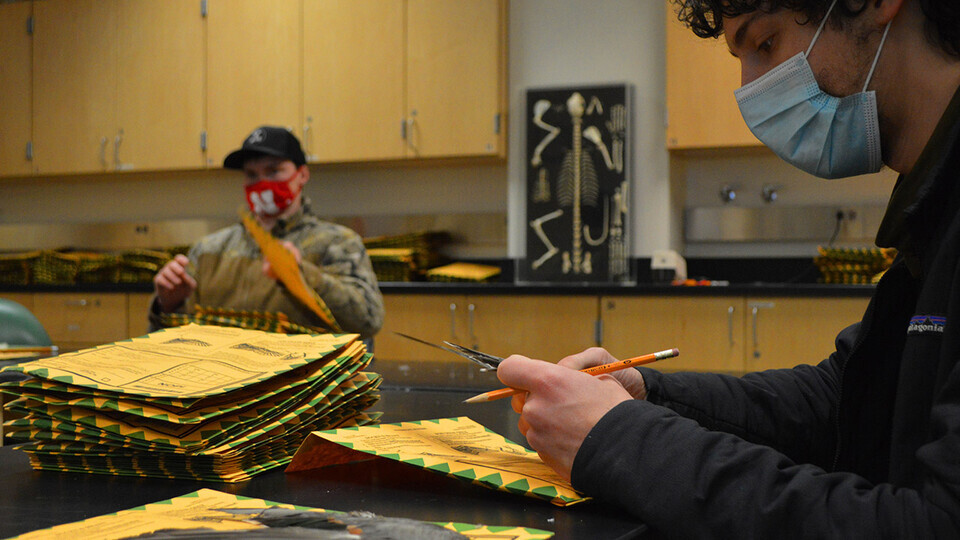
Lincoln, Neb. —Managing migratory bird populations is a sizable, year-round undertaking that involves the U.S. Fish and Wildlife Service, state agencies such as Nebraska Game and Parks, conservation groups, universities and more. As part of that process, each February people gather in four flyways (Pacific, Central, Mississippi and Atlantic) to participate in a massive data collection event called a wingbee.
In a normal year, Mark Vrtiska, professor of practice and wildlife management specialist in the University of Nebraska–Lincoln School of Natural Resources, would join 40-50 people in Hartford, Kansas, for the Central Flyway Wingbee. He and other participants would crack open thousands of envelopes submitted from waterfowl hunters who, after being randomly selected during a U.S. Fish and Wildlife Service survey, agree to mail duck or goose wings and tail feathers to Hartford so that Wingbee volunteers can ID them as, say, adult male mallards or juvenile female wigeon.
Due to the coronavirus, the Central Flyway Wingbee gathering was canceled, but the work still needed to be done. So this winter, some of the Wingbee wings have landed in the basement of Hardin Hall. On Feb. 6, three of Vrtiska’s Waterfowl Ecology and Management students volunteered to join him and Nebraska Game and Parks Commission wildlife biologist Randy Stutheit for one of several mini morning wingbees that have taken place at the university this winter.
Vrtiska thanked the volunteers for venturing to campus on a snowy Saturday morning and told them that the data they were collecting is part of a process that has been taking place since the 1960s.
“The objective behind this is to be able to look at species composition in a harvest,” Vrtiska said. “But also, if you look at these envelopes, there’s a state, county, town and a date. So not only can you get the species composition by this data, we can also get the chronology and location to the county-level where the harvest is occurring. The final thing we’re getting, and why you’re aging and sexing these birds, is, we can get age ratio information. So the number of adults to juveniles, which is important information because it gives us information about how productive this last year’s breeding season was, and that information is fed back into harvest management decisions. This data is actually used to make decisions.”
School of Natural Resources junior Hunter Suchsland considers the markings on a wigeon’s wing before determining if it belonged to an immature or mature male or female. Due to the coronavirus, the Central Flyway Wingbee in Kansas was canceled this year and wings were sent instead to longtime Wingbee participants, who brought in help to identify the samples.Juniors Hunter Suchsland and Kole Karcher and graduate student Dakota Altman set up stations at different tables in Hardin Hall Lab 24. The gear for the first-time wingbee-ers included a stack of envelopes, a pencil with a good eraser and a willingness to learn.
“I’m not too familiar with waterfowl, so this will be good,” Suchsland said. “I just thought it’d be cool. I’ve never done this before, so I thought it’d be something different. Called in to work a little bit late so I could come.”
Stutheit, who serves as a “checker” at the Central Flyway Wingbee, brought teaching tools that included a manual and Ziploc bags that were labeled with the age and sex of a wing contained in each, and he gave a lesson at the outset of each identifying round. As he would at the Central Flyway Wingbee, Stutheit double-checked the students’ identified birds to make sure a subtle sign of age or sex wasn’t missed.
“We always start with mallards because mallards are, I wouldn’t say the easiest duck, but they show all the characteristics really nicely that you carry over and look at in all the other species,” he said as the wingbee got underway. “So the first thing we determine is the sex of the wing, and we determine that by this white edging on these feathers here. If they continue on over to the tertial coverts, which is what these feathers are called, if that white carries on over, then that’s a female.”
He described how a wing’s color, shape, contour and wear can all serve as identifiers when aging and sexing each type of waterfowl wing they examined. The lessons helped Suchsland, Karcher and Altman accurately identify most of the wings plucked from their respective envelope piles. When they came across puzzlers, they turned to the Central Flyway Wingbee veterans.
“Is this an immature female?” Altman asked Vrtiska while identifying a mallard wing. “The coloration is pretty even, but they’re fairly pointed, wispy coverts.”
Vrtiska agreed with the assessment, and the immature female wing then went to Stutheit for the final confirmation. All told, the team identified 166 mallard wings by sex and age in the first 45 minutes of a morning session that featured five waterfowl species. To see tips from the U.S. Fish and Wildlife Service on identifying duck species, sex and age by their wing markings, click here.


